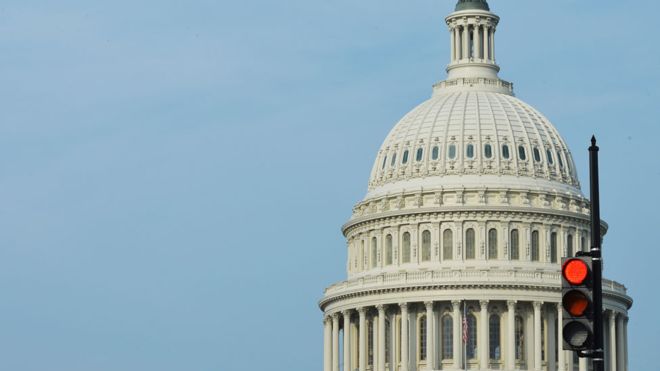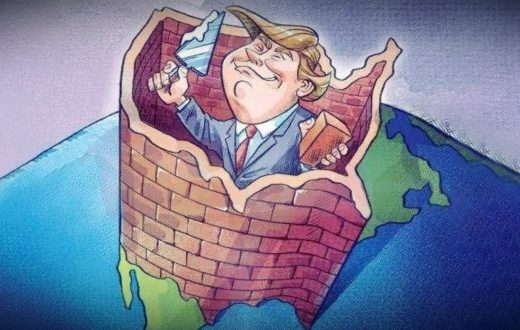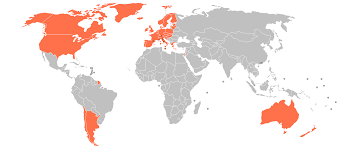By Alessia Salzano, January 16, 2019
After 26 days of partial shutdown of the federal government and about 800,000 employees who are not receiving their paychecks, the U.S. remain in deadlock and this confirms to be the longest shutdown in the whole american history. This situation results in Trump breaking the record reached by the Clinton presidency in the winter between 1995 and 1996, when the former President was debating with republicans that for the first time in 40 years were in control of the Congress’ budgetary timeline.
The clash between the President and the government has its roots in an issue that is of paramount importance for the Tycoon: the building of a wall at the border with Mexico. During his presidential campaign, Donald J.Trump underlined the necessity for the U.S. to become a more safe country, and the key point on the agenda in order to achieve this purpose would have been a wall to prevent the entrance in the United States of illegal immigrants, criminals and international terrorists. For this project, Mr. Trump requested $ 5.7 billion, but the Congress, especially the democratic branch, denied the sum. The parts failed to reach an agreement, and at the moment neither the President nor the democrats seem to be willing to give up their positions. The current paralysis has affected several services across the country, including National Parks, Historic Sites, Museums, Cultural Centers and Federal Agencies, which are now without funds.
In the last few days, the President spoke about imminent negative impacts on the american economy, and he is also planning to declare national emergency status. This strategy would lead Trump to have all the necessary funds for the wall but, in case of an extended shutdown, he threatens not to showing up in the next World Economic Forum, a summit in which the President’s presence is crucial, considering the crucial moment that the global economy is going through. Mr. Trump, who is already famous for its provocative posts on Twitter, started the troubles by criticizing Nancy Pelosi for collecting a paycheck during the federal closure: “Why is Nancy Pelosi getting a paycheck when people who are working are not?”, early followed by another twitter saying: “Nancy and Cryin’ Chunk can end the shutdown in 15 minutes. At this point it has become their, and the Democrats, fault!”. Mr. Trump referred to Speaker House Nancy Pelosi and Senator Chuck Schumer over the border wall issue. He has been at loggerheads with Mrs. Pelosi and Mr. Schumer, and he added: “Democrats should come back to Washington and work to end the shutdown.”
Yet, according to a survey realized by Washington-Post-Abc News, 35% of Americans are convinced that the shutdown is the President’s fault and of the republican public. Only 29% would support Trump in blaming the democrats, whereas only 13% would attribute the fault to both the parts. American media also reported that Lindsey Graham, republican Senator of South Carolina, who proposed to the President the restoring of government’s activities in a temporary way, taking time for some weeks, in order to gain the time to look for a way out. But Trump refuses to sign any agreement which doesn’t contain the funds for the wall.
In the meantime, experts imagine what will happen when the Congress and the President will find a solution: in the case of Trump’s victory, he would realize an important part of the program presented in the electoral campaign. Another iron curtain, this time all stars and stripes, would descend upon the U.S. and Mexico, separating economically and physically the wealthy north from the poor south of the continent. For republican voters, this would be a victory that could reinforce the position of their candidate. The democratic majority of the Congress is standing up for a different solution: not refinancing the public administration to avoid the rise of the wall. In case of a victory of the democrats, the Trump presidency, after troubled events, would be further discredited, putting a serious barrier on the re-election of the President for a second term in 2020.
For the moment the border security battle continues. The end of the shutdown is uncertain and ensuring security to citizens is undoubtedly a core component for U.S. policies. But are
we sure that a wall would definitely resolve it?







